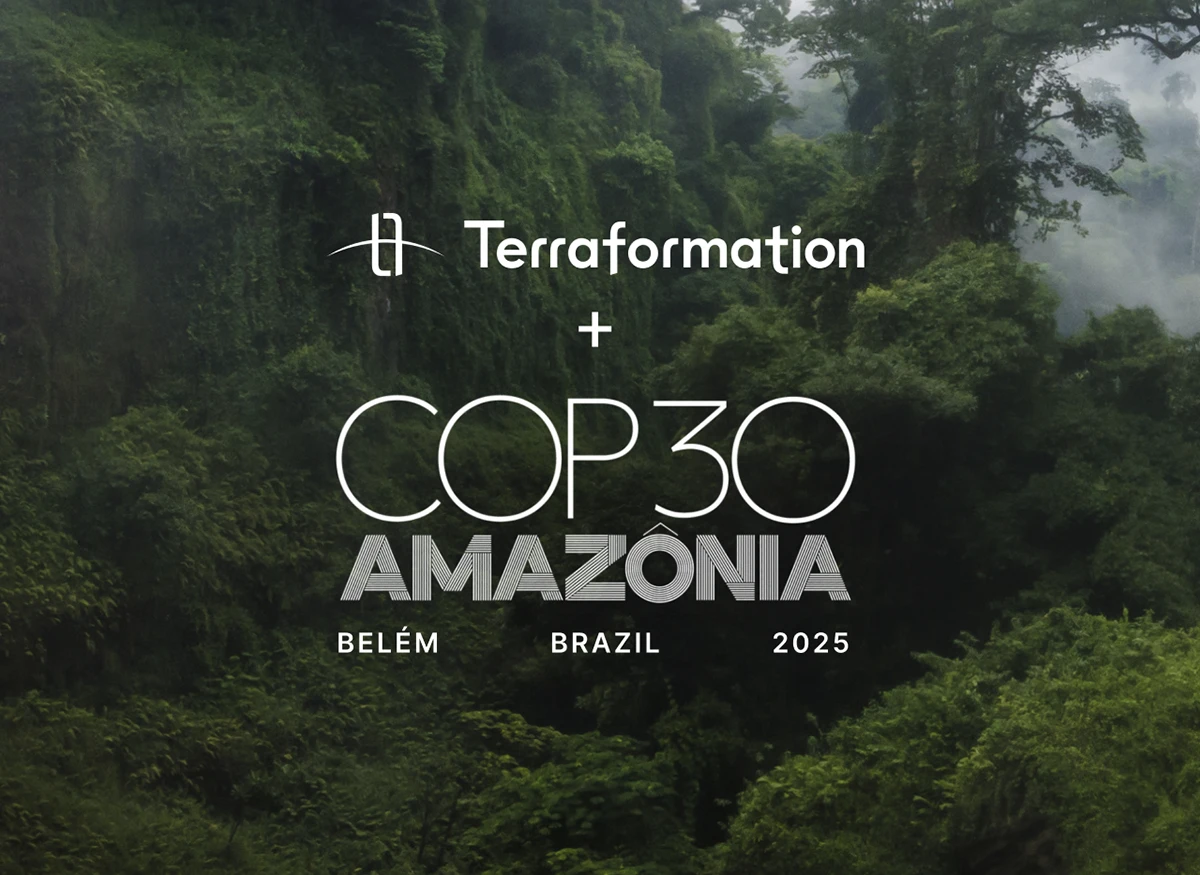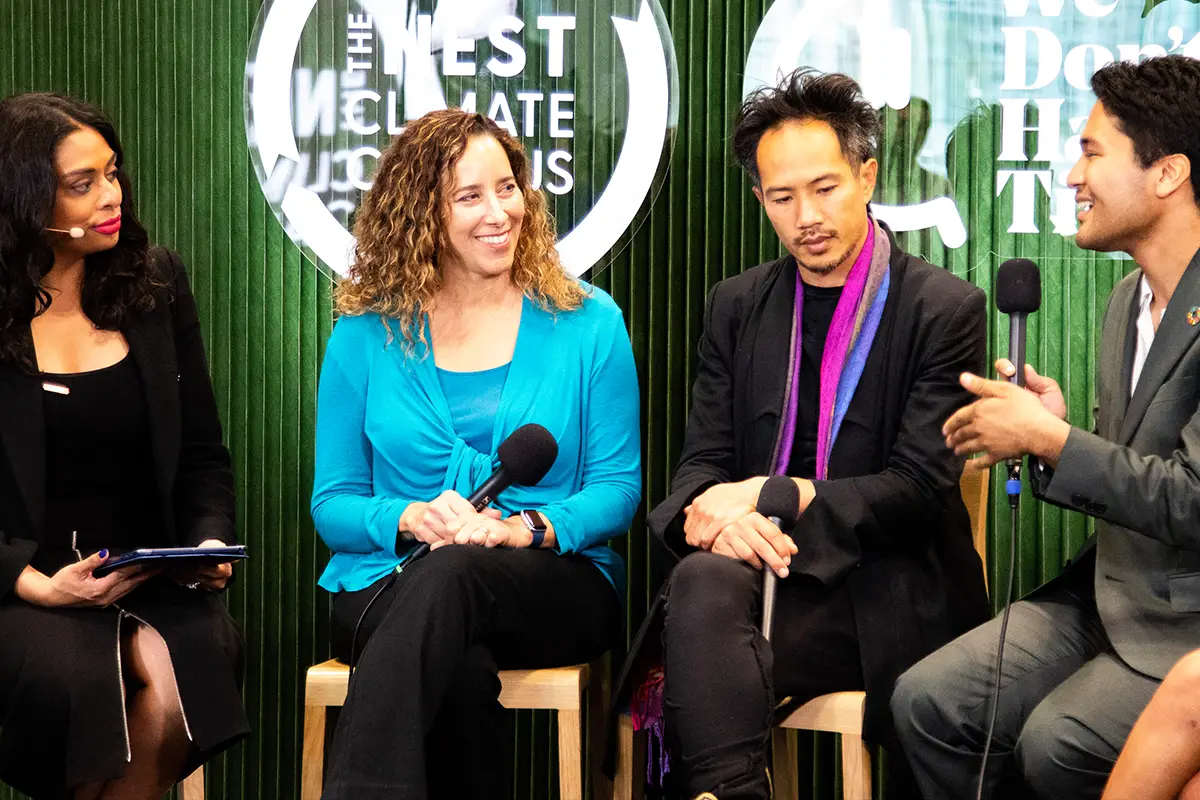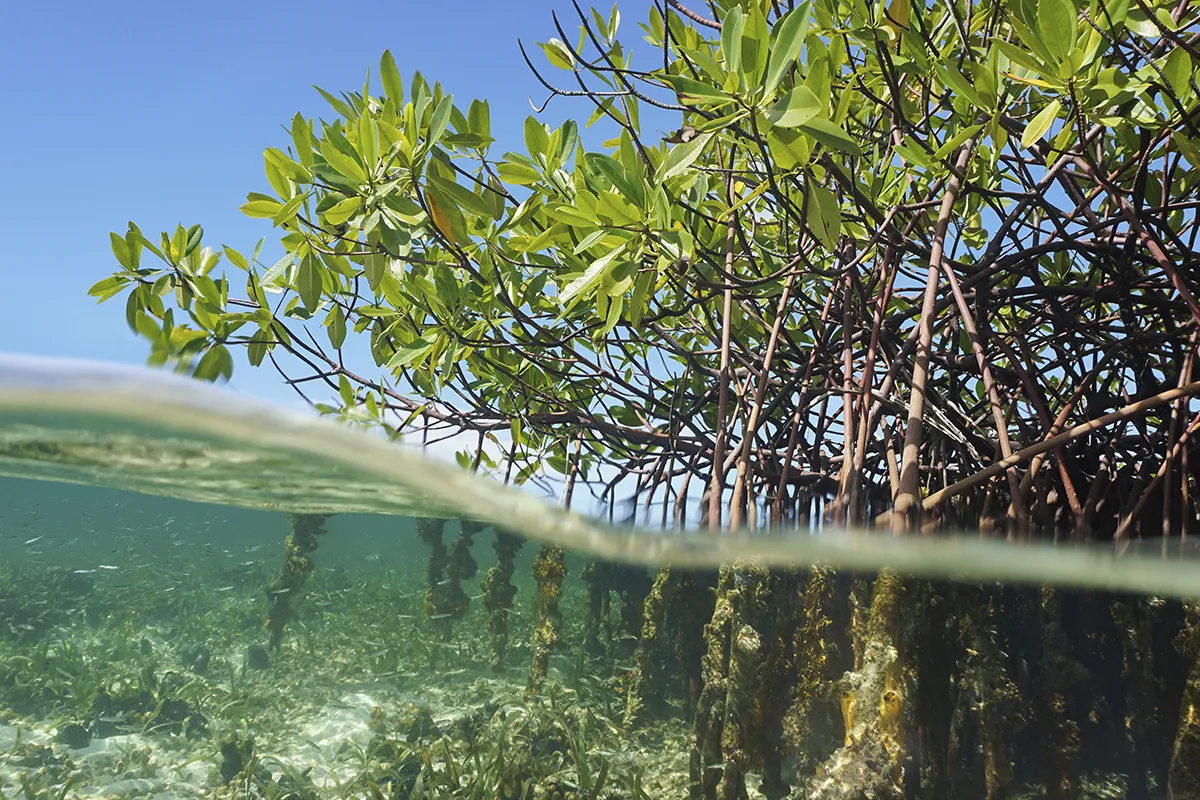The world is caught in a vicious wildfire cycle. This is how we can break it.

The world is caught in a vicious cycle of wildfires, exacerbated by climate change. Extreme wildfire activity has doubled in the past two decades and is projected to rise by 50% by 2100. These fires are contributing a staggering amount of carbon to our atmosphere, and under some conditions, risk turning forests into a net carbon source.
At the same time, we rely on forests to capture 30% of our global CO2 emissions each year. We are caught in a catch-22: we urgently need to restore our planet’s forests to lower global temperatures, yet wildfires fueled by climate change are consuming forests more quickly than we can plant them.
We need decisive action to break this cycle — and a first step is to end practices that have damaged the integrity of our forest ecosystems. If we hope to reduce the incidence of forest fires to historic levels, we must restore native forests to their historic biodiversity.
Rising temperatures, rising risks
In many ecosystems, wildfires are a natural part of the cycle, but the recent scale and intensity of these fires far surpass natural patterns of destruction and renewal. Climate change, drought, and invasive species are major contributors, while poor forest management choices are making the situation much worse—a series of unforced errors that are still within our power to correct.
Record forest fires in Canada, California, and Russia have captured attention due to their immense destructive power, but alarming increases have also emerged in tropical regions that historically experience little fire activity. In the Congo Basin, fires doubled over an 18-year period. The world’s largest tropical wetland, the Pantanal in Latin America, has seen a 980% year-on-year increase in wildfires in 2024 — a devastating blow to a region struggling to recover from massive fires just a few years earlier.
This evolving situation is putting human communities, and our planet’s biodiversity, at unprecedented levels of risk. These wet, humid forests are typically resistant to large fires, but climate change has altered that. High temperatures dry the air and alter the water cycle, causing turbulent winds and lower rainfall. Fires that would have died out or spread slowly under natural conditions can quickly grow out of control.
It isn’t just the temperatures that are unnatural — increasingly, it is the forests themselves. For most of human history, 57% of our planet’s habitable land was covered in forests. In just the past 300 years, that figure has dropped to 38%. In many places, those that remain are often converted into monoculture plantations of commercial, non-native species like pine and eucalyptus. In others, invasive species have taken hold, outcompeting native flora.
In Brazil, eucalyptus plantations are known locally as “green deserts” — places where pesticide spraying has disrupted the food chain, and thirsty, non-native trees have dried up the rivers. At similar plantations in Chile and Portugal, the resulting droughts and management failures have led to massive fires with significant losses of life.
In a native forest, trees are adapted to local water availability and climate conditions. Natural predators maintain the balance of the ecosystem. Trees of varying ages, species, and sizes, and a rich forest floor that holds moisture and stabilizes temperature, also contribute to the forest’s resilience.
Strategic reforestation for a warming world
It seems contradictory to say that the way to reduce forest fires is to plant more forests. Lowering emissions is key in addressing not only wildfires but all other impacts of climate change as well — but the world is struggling to make meaningful progress. Global emissions have risen more than 60% since 1990 and continue to increase each year. Quick action is critical, and restored forests can sequester large amounts of CO2, buying us time as we work to lower emissions.
Governments and organizations, therefore, should be eager to fund forest restoration. Yet skepticism about project viability and longevity holds many funders back — and the highly visible threat posed by wildfire confirms those fears, creating a vicious cycle. Smart reforestation efforts for a warming planet will need to focus on regions that are likely to be more resilient to wildfire, such as tropical regions and wetlands.
This type of reforestation requires skillful planning and project design. Restoring a forest is not as simple as letting natural vegetation grow back in fire-ravaged or clear-cut areas. Fast-growing but non-native species like pine trees or grasses can quickly take over. Many plants and seeds from the original ecosystem may no longer be present. When human action is responsible for the degradation of the land, it can require human support to restore it.
The capacity for restoration exists: between 2000 and 2019, 27 million hectares of forests were restored worldwide, even with inadequate funding and far too few opportunities for quality projects to be realized. In the same period, however, 47 million hectares were deforested — underlining the urgent need to rapidly expand our restoration capacity and reverse this trend.
Restoring balance, accelerating restoration
When Terraformation initiated its first native reforestation projects, we identified that the most effective approach is to support local forestry teams that have deep knowledge of their land and investment in its success. Too often, promising projects are hindered by insufficient access to training, equipment, technical expertise — and most critically, funding.
Applying the “accelerator model” used to launch tech startups, our company created the Seed to Carbon Forest Accelerator as a way to comprehensively address the bottlenecks that stop native reforestation projects from moving forward. Our experiences supporting 21 projects on five continents, as well as at our pilot restoration sites in Hawaiʻi, have demonstrated how powerful these local and community-based teams can be when empowered with the right resources.
But funding for forestry teams is significantly behind where it needs to be. The problem is most acute in the earliest stages of a reforestation project, when capital is needed for planting but returns on the investment — mainly from carbon credits — are still five or more years away. These projects need investors willing to step up at the beginning, unlocking the funds that will make restoration possible.
Private-sector investment can be the catalyst for restoring forests worldwide. The tropical regions that are so critical for our climate offer an opportunity for investors to make a difference: they remain less prone to wildfires than other forests and are less expensive to restore on a large scale.
From a carbon storage standpoint, restoring forests in these areas also helps offset the loss of forests in areas affected by fire. Tropical forests can draw down carbon more quickly than slower-growing boreal forests. International efforts to lower emissions must be paired with an expansion of our carbon sequestration capacity in order to capture the emissions already in our atmosphere.
To stop massive wildfires, action can’t wait
To break the cycle of increasingly destructive wildfires, we need to act quickly to reduce global carbon emissions and correct forest management practices. There are no shortcuts — but there are solutions we can implement today.
Biodiverse restoration is the solution that can address the problem on multiple fronts at once. It can bring back forests lost to fire, increase the resilience of those at risk, and reduce existing levels of greenhouse gases. Most importantly, restoring our forests can expand our best natural resource for carbon sequestration and long-term storage.
As the climate crisis grows ever more severe and record levels of fire activity increase, the message is clear: The time to act is now.
















